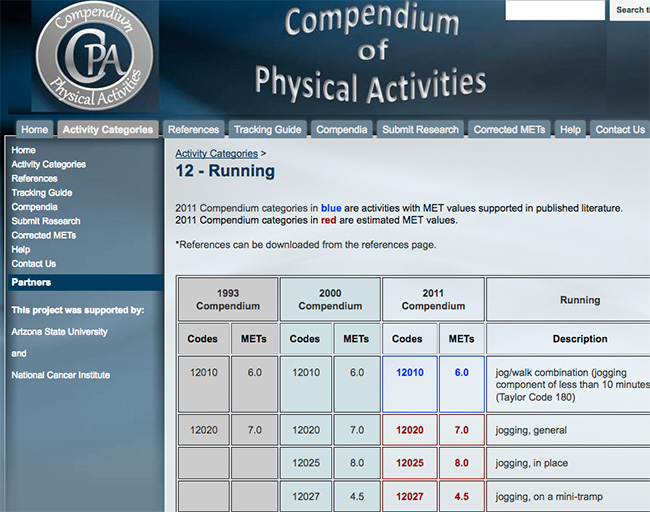Continuing our series on picking the low hanging fruit (the simpler, foundational principles) along one’s path to restoring (or improving) your overall wellness and health, today’s installment focuses on an activity that is accessible to just about everyone on the planet and can bring immense health benefits – the simple act of walking.
As noted in prior Low Hanging Fruit posts, what follows is again primarily aimed at those who are following an approach to fitness and nutrition much more aligned with the Standard American Diet (the infamous SAD approach) and largely sedentary modern lifestyle, not necessarily those thoughtful folks who have already begun to take a hard and discerning look at the healthy – and the unhealthy – aspects of their activity and nutrition plans.
And once again, of critical note, your best fitness and conditioning plan will be one that is UNIQUE TO YOU, given, for simple example (out of many possible factors), your current body composition, your overall metabolic health, your daily activity package, your current health, wellness, and fitness objectives, your overall general health, and where you happen to be in your “recovery” journey.
The Benefits of Walking Have Been Known for Years
I’ve been writing about the benefits of walking here on the Older Bolder Life for months now, for example looking at walking and longevity here, walking as a foundational part of basic fitness here, studies looking at walking versus jogging (including specific cardiac benefit and injury rate comparisons) here, and ten ways that walking boosts brain health and function here.
There’s a host of good literature and research that’s been penned over the years covering walking; I’m working on an extensive review to post a few weeks down the road.
So How Much Do I Need to Walk to Derive Genuine Benefit?
Of course the best answer depends on your personal health and fitness specifics as they stand today, though there are some ballpark recommendations you’ll see noted again and again.
For example, the venerable American Heart Association (drawing from the Physical Activity Guidelines for Americans, 2nd Edition published by the Dept. of Health and Human Services) recommends at least 150 minutes of moderate-intensity aerobic activity per week (or at least 75 minutes of vigorous aerobic activity). Using those guidelines, if one were to simply walk six days per week, that’s only 25 minutes per day.
For clients I’m coaching who are faced with the duel challenge of dropping weight AND reconditioning from a very low fitness level, I encourage an initial goal of at least 30 minutes of walking a day, 6 or 7 days per week, with an hour (or more) bringing additional benefits to the table.
Amazing, I’ve had people who have been so astoundingly sedentary they can only tolerate 15 to 20 minutes of walking a day; one is now walking 90 to 120 minutes per day, six days per week, and got there in a matter of months with consistent effort, and has become an entirely new person in the process. It can be done.
I’m a huge walking fan myself, starting off just about every day with a 45-60 minute walk on trails in a nearby park, and taking another 30-60 minute walk later in the day as well, six or seven days per week.
Lace up those walking shoes and git ‘er done.




